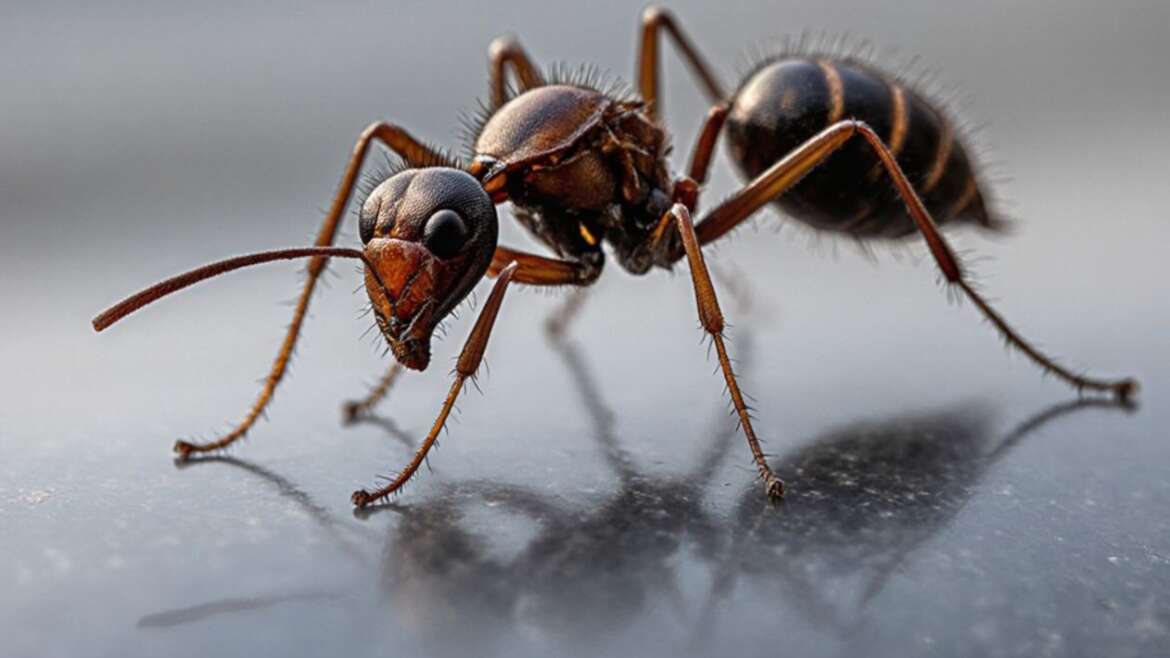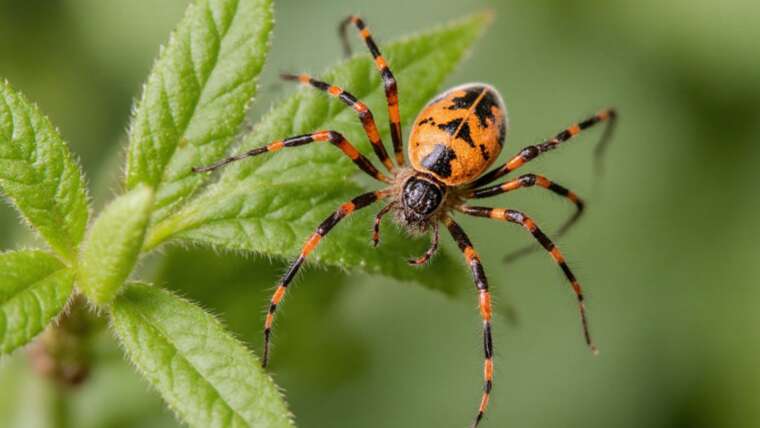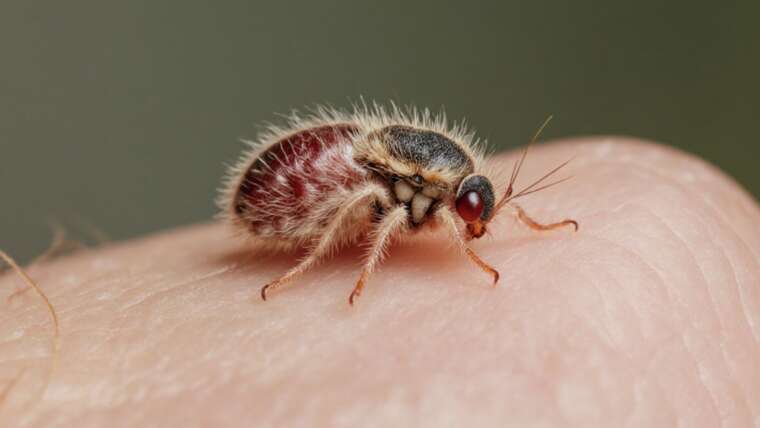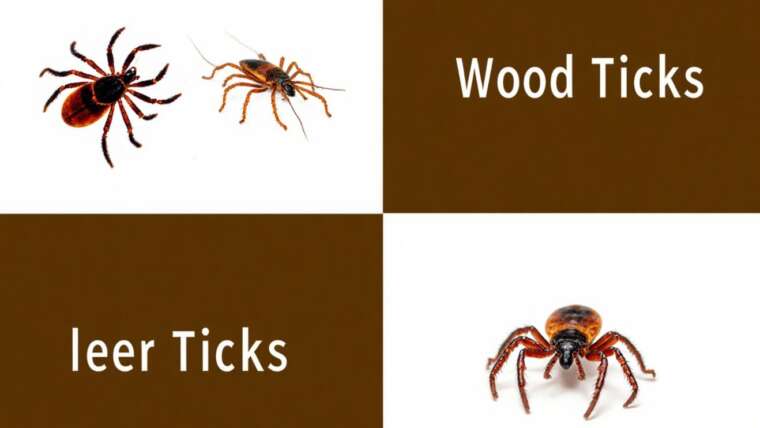If you’ve noticed large, black ants in or around your home, along with small piles resembling sawdust, you are likely dealing with carpenter ants, also known as wood ants. Unlike termites, which actively consume wood, wood ants do not eat wood but can still inflict considerable damage. Their nesting behaviors can compromise the structural integrity of your home, making it crucial to understand effective strategies for managing and eliminating these pests.
What Causes Wood Ants in My House?
Wood ants, including species like red wood ants and silky ants, are often attracted to homes due to the availability of food and suitable shelter. These highly social insects can form extensive colonies that may house thousands of members. They are particularly drawn to food sources, especially sugary residues and proteins found in spills or organic waste.
Entry points for these ants include cracks in walls, gaps around doors and windows, and even firewood brought into the home. Areas near woodlands are particularly susceptible to invasions, as carpenter ants typically nest in decaying forest debris and will venture indoors when conditions are favorable.
Tip: Regularly inspect firewood for pests before bringing it inside, and consider storing it outside in a dry area, raised off the ground to deter ant and insect activity.
How Do I Prevent Wood Ants?
Prevention is the key to keeping wood ants from making your home their residence. Implementing proactive strategies can save you from the stress of managing an infestation later. Here are several effective measures:
- Seal Entry Points:
Use caulk or weather stripping to fill in cracks in walls and gaps around doors and windows. This makes it harder for ants to find their way inside.
- Keep Your Home Clean:
Regularly clean up spills and crumbs, and store food in airtight containers to reduce attractants for ants.
- Properly Store Pet Food:
Ensure that all pet food is stored in sealed, airtight containers.
- Manage Outdoor Areas:
Maintain a tidy yard by removing debris, trimming back vegetation, and storing firewood away from the foundation of your house.
- Reduce Moisture:
Fix any leaks and ensure proper drainage to eliminate damp areas that could attract wood ants.
Tip: Consider installing ant barriers or using insect-proof mesh on windows and doors to provide an extra layer of defense against these pests.
How Do I Treat Wood Ants?
Effectively treating wood ants requires a thorough and structured approach. The first step is to accurately locate the nest, which is often situated in wooden structures, tree stumps, or outdoor areas nearby. While DIY solutions like vinegar sprays or homemade bait can offer temporary relief, these methods typically do not address the root cause of an infestation or eliminate the core colony.
At Terminix, our trained technicians perform an exhaustive inspection of your property to identify active nests and signs of ant activity. Following the assessment, they apply targeted treatments specifically designed to eradicate carpenter ant populations. For ongoing protection, consider our Terminix PestFree365+ year-round pest control plan to safeguard your home against wood ants.
Tip: Keep an eye out for signs of new ant activity, such as fresh sawdust, to catch potential infestations early. Being vigilant can help you address wood ants before they become a larger problem.





